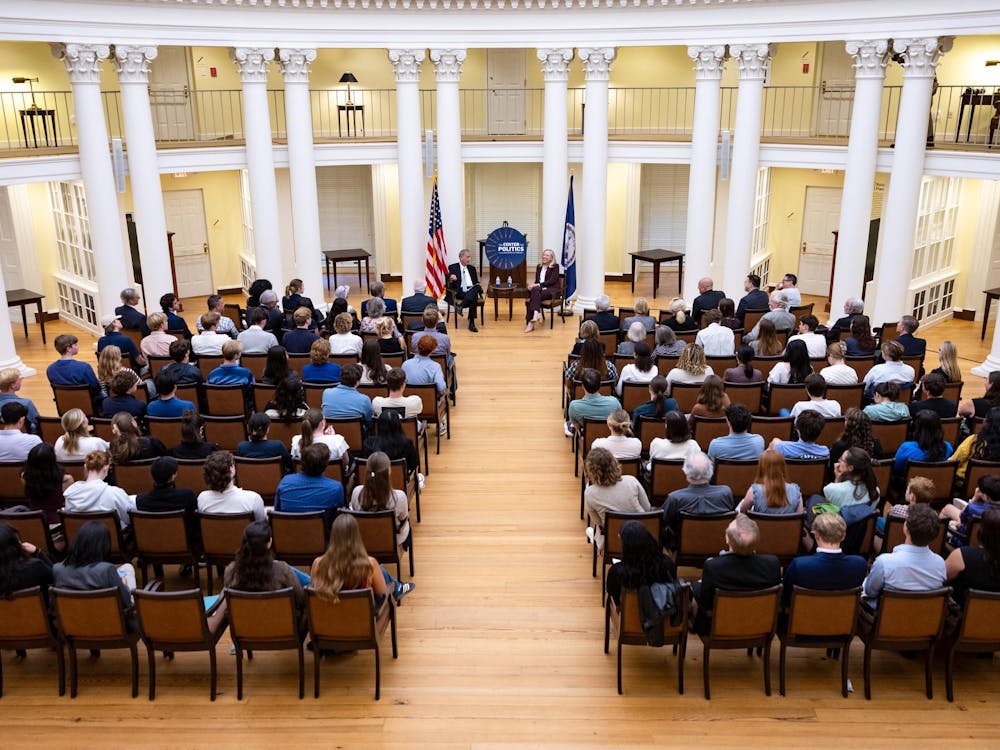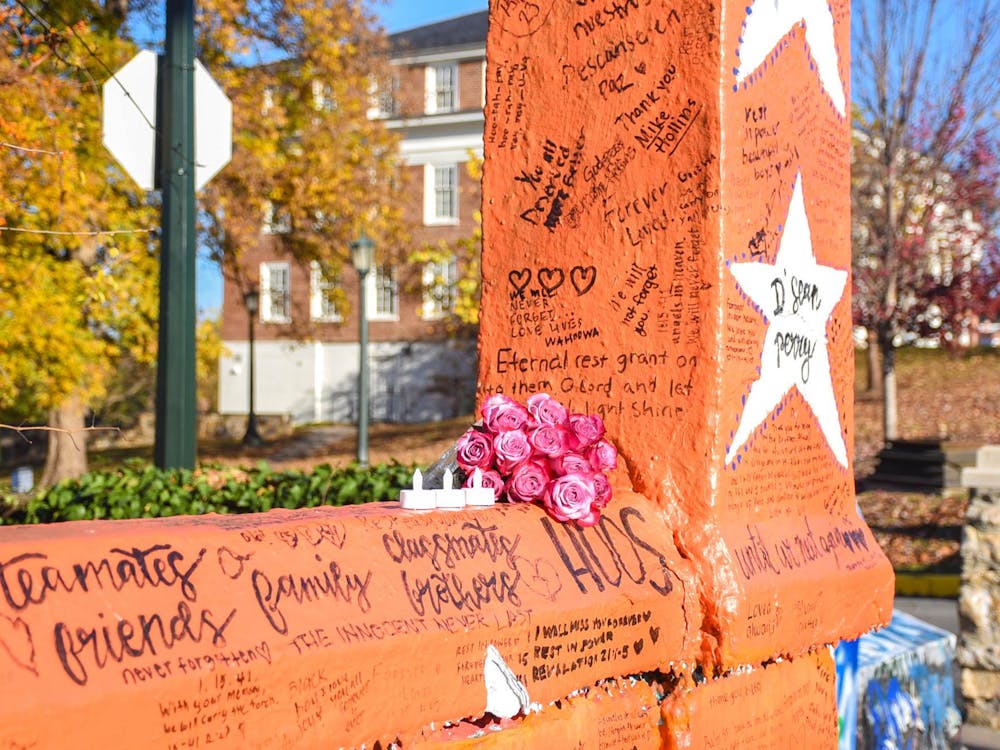The Social Media section plays a major role in disseminating Cavalier Daily articles — the majority of page views come from Facebook or Twitter links. However, the section can run more smoothly in cases of emergency and increase accountability among the readership by streamlining protocols and processes on corrections.
The Social Media section currently operates on a “case-by-case” basis when it comes to dealing with corrections, said Ashley Botkin, former social media manager and current assistant managing editor. The information disseminated on social media is usually a broad summary of an article, and the typical correction in a Cavalier Daily article regards only a small detail and is published online or in the print paper without the use of social media.
For the sake of this column, I am considering how the Social Media team should proceed if corrections are necessary for information visible on the social media posts themselves. I am not arguing that the Social Media team needs to issue posts for every single correction The Cavalier Daily makes.
One instance in the recent past when the Social Media team had to deal with a major correction was on Twitter, where a tweet mistakenly said Student Council’s fiscal year budget was $1.8 billion when that number was the fiscal year budget for the entire University.
The Social Media team should consider creating a streamlined process for how to deal with corrections. Creating a uniform response could shorten the response time to issue a correction and hopefully mitigate the effects of an incorrect tweet.
On Twitter, the Social Media team can leverage the platform’s replying abilities to maintain accountability and address the dialogue that may have come out of an incorrect tweet. It is important to cultivate and maintain a process that fully acknowledges the mistake made. This kind of transparency would demonstrate an effort to maintain readers’ trust in the paper.
One process to address corrections that the social media team could implement, would be to respond an incorrect tweet with a screenshot of the original tweet and explain the correction in the text. Then, the team can delete the original, incorrect tweet to avoid future confusion.
According to Cassandra Garrison, the social media editor at Thomson Reuters, they use a similar format when it comes to Twitter corrections.
“[We] issue another tweet announcing the correction [and] send it in the format which quotes the incorrect tweet so our followers can see what we are correcting for context,” Garrison said. [Then, we] issue another tweet, this time quoting the correction, with the language: ‘Please see our correction. We will be deleting our incorrect tweet.’”
The Social Media team also tackled a major correction on Facebook last October. The Cavalier Daily erred in calculating the percentage by which alcohol law violations dropped between 2016 and 2017. The original article cited a 43 percent drop due to a mathematical error, but the corrected number was 30.5 percent.
A post on Facebook demonstrated the original calculation, but the Social Media team deleted the post and did not make any mention of it on Facebook when the correction was made.

This kind of situation required a correction on social media. While it is easy to pretend an error never existed, ignoring a mistake does not foster readers’ trust. It is likely that not many people noticed that the post disappeared, but it is better to be upfront about a mistake.
The American Press Institute offers a process for Facebook edits that the Social Media section should formally adopt. Facebook is easier to maneuver with editing posts, so the team should edit the post to say “CORRECTION:” and explain the original, incorrect information and offer the correct information. The team can also comment on the post to bring additional attention to the correction.
Although social media corrections are rare, it is important to have a streamlined process in place in place just in case there is a major error that requires immediate attention. Doing so would provide more accountability and transparency for the paper’s readership.
Anna Higgins is the Public Editor for The Cavalier Daily. She can be reached at a.higgins@cavalierdaily.com.







